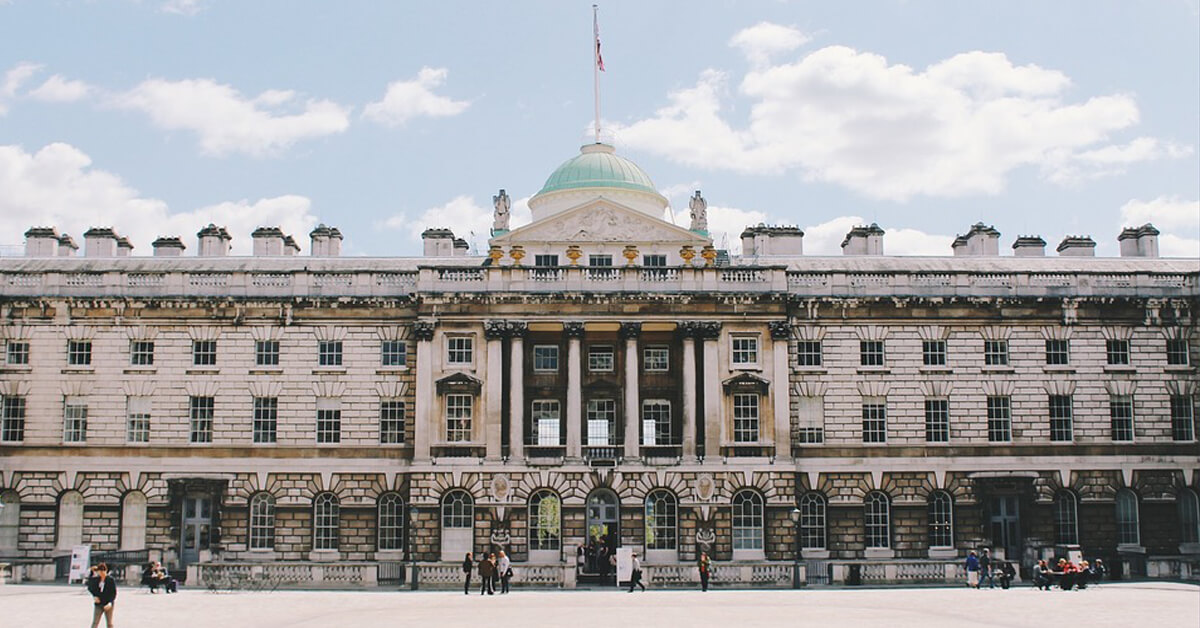London’s landscape is home to numerous beautiful stone buildings. Stone after all is a proven material as far as the exteriors of any buildings are concerned. In fact, countless houses in the city and around the country use stone prominently in their facades. The novelty value of stone is without peer and if yours is a professional building, stone definitely helps you stand out from a crowd full of glass and steel structures.
But while it does offer a fantastic appearance, stone needs regular care to maintain that appearance. It’s susceptible to environmental factors (regardless of whether they are manmade or natural), which can cause stains, breakage, or even corrosion. If you are the owner of a stone-faced building, these are issues you must pre-empt and even if they do occur, stop them dead in their tracks.
What are the threats to exterior stone?
Stone is as vulnerable to the elements as other building materials like glass and metal. In fact, air pollution and rain (of the acid kind) are two foremost causes of damage to stone exteriors.
Both elements carry several minerals and micro-pollutants that harm stone. For instance, sulphates are chemicals that can erode stone surfaces and are passed to the stone by air as well as rain. If not checked in time, this can impact not only the stone’s appearance but also its function and sooner than later, leaves other parts of the building exposed to the elements.
The effect of salts, which are present in the rain or even within the stone, is along similar lines. They cause stains and other structural damage, especially when the stone is left untreated or wrongly installed. Water is able to penetrate the stone rather easily and over a period of time, ruins the stone’s appearance by bringing its minerals to the fore.
Stone’s problems do not stop at that. Even ice and snow are capable of degrading a stone façade irreparably. Improperly sealed or unmaintained stone can develop cracks, where water from the ice or snow enters and freezes. When this ice thaws, it dislocates the stone which further opens up the metal structure to the water’s corrosive action.
There are also several stone problems caused by human error. For instance, wrong installation that lets water in, low-grade caulking, and even graffiti are all capable of damaging stone. Issues related to drainage are also responsible for stone damage as it’s known to cause water leakages.
Preventing these threats to exterior stone
Cleaning stone buildings regularly is the only way to preserve their appearance and integrity. This not only prevents grime, dust and other elements from marring the stone’s appearance, but also averts future damage to the structure itself.
Regardless of whether your building’s exterior uses limestone or features granite veneers, regular washing and restoration is a must. Consult a professional stone cleaning firm on how to go about cleaning, restoring, and protecting your building’s stone façade. And although no two cleaning projects are the same, there are some aspects common to all.
- Inspecting the building – Even if all that you want is a cleaning of the building’s external surface, a thorough assessment of its various problems is necessary. That’s because it’s important to ascertain if the damage (if any) is surface-level or goes deeper. In case of the latter, repairs are performed before any cleaning process starts.
- Creating a cleaning strategy – Once a stone surface has been evaluated for damage, an appropriate cleaning method is chosen. For instance, there are several façade stones that do not take well to acid-based stone cleaning products. The professional cleaner you’ve entrusted the job to will know which cleaning agent is safe for use on your particular stone façade. A thorough clean, even if it’s only with high-pressure water, can restore the stone’s aesthetic appeal instantly.
- Restoring the exterior stone – If your stone façade hasn’t been cleaned for some time now, it might need some buffing, polishing, or other restorative work. This is an important step in returning your building’s look back to how it was.
- Ensuring future protection – Once you’ve achieved the desired look, it’s time to protect the stone from future damage. After the cleaning and polishing procedure is done with, the stone should be sealed so that no water is able to get in. Also mandatory is proper caulking and closing of gaps and cracks in the stone’s vicinity. These measures ensure the stone façade and your building is protected from rust, ice heaves, salt deposits, and water damage for years to come.
- Drawing up a regular maintenance schedule – Stone is like any other exterior material and thus, needs regular cleaning and maintenance. You can contract a cleaning service firm to take care of your building’s stone exterior. Doing so saves you from the eventuality of paying for expensive repairs in the long-term. Moreover, when you clean the building’s stone regularly, water alone is enough to get it spanking clean. And when compared to other stone cleaning methods, washing with water is by far the cheapest.
Stone is beautiful and has a timeless appeal to it that’s unmatched. But contrary to popular perceptions, it needs regular cleaning and maintenance to not only uphold its appearance but also prolong its life.

